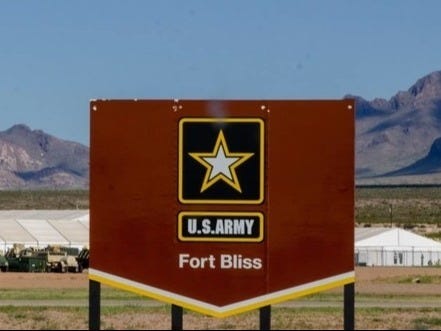
The US Army has awarded a $231,878,229 contract to build and operate a "5,000 capacity, single adult, short-term detention facility for the U.S. Immigration and Customs Enforcement" (ICE) at Fort Bliss in El Paso, Texas. At 5,000 detainees, the Fort Bliss facility would become ICE's largest detention center, surpassing the 3,763-capacity Reeves County Detention Complex, also located in West Texas.
(Florida's new immigration detention facility, "Alligator Alcatraz," has a capacity of 3,000 detainees, with the potential to expand to house 5,000). Like the Florida facility, the Fort Bliss Detention Center is expected to consist mainly of "soft-sided structures" resembling large tents.
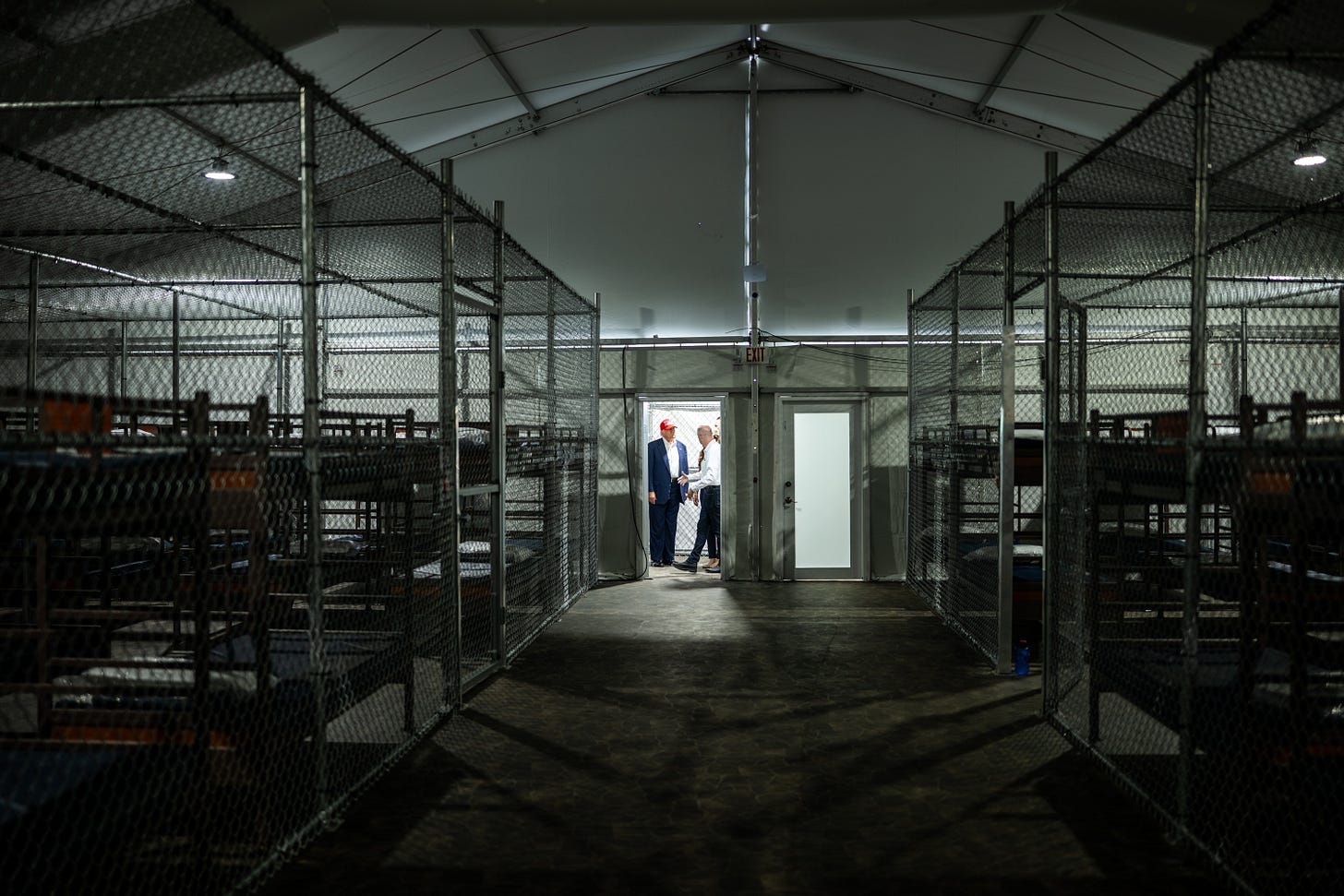
Facilities like these on US military bases are not without precedent - and controversy. When more than 100,000 Cubans flooded into Florida during the 1980 "Mariel Boatlift," 20,000 were housed at the Arkansas Army National Guard's Fort Chaffee (which had held Vietnamese refugees before that).
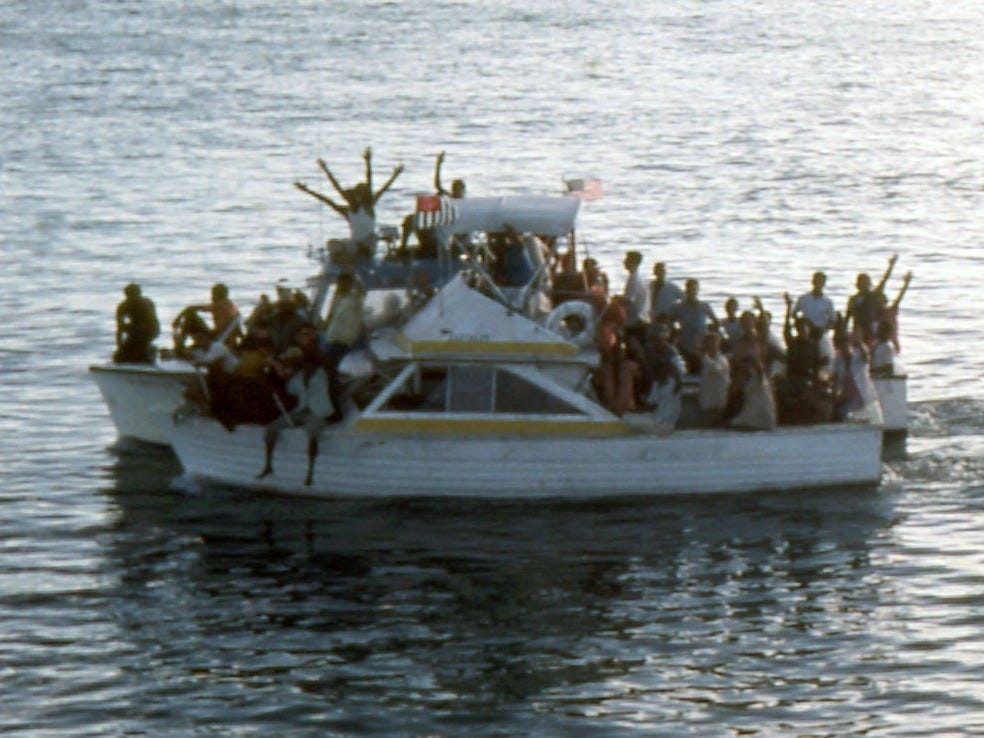
On May 26, 1980, hundreds of Cubans upset over delays in being processed for asylum, as well as conditions inside their Fort Chaffee barracks, left the base through an unguarded gate. Because they were classified as refugees, they couldn't be captured since they were technically not illegal aliens. Local police negotiated their return to the base through a Spanish-speaking refugee assistance worker, who promised to advocate for expedited processing procedures on their behalf.
On June 1 & 2, 1980, more Cubans rioted inside Fort Chafee and attempted to storm the (now guarded) gates. Frustrated at being kept inside the camp, the rioters burned five of the barracks in which they were being housed. One Cuban was killed during the riot, 40 others were injured, and 84 were jailed as a result. One civilian and 15 state troopers were also injured.
The incident almost ended Bill Clinton's political career. He lost a re-election campaign to only the second Republican since Reconstruction to become Arkansas' Governor (up til then), due in no small part to the unrest at Fort Chaffee. (Clinton reclaimed the governorship two years later and served four more consecutive terms after that.)
The planned Fort Bliss facility is also not without controversy. In addition to concerns about conditions within the tent-like structures in an area where summer temperatures reach 100 degrees each year (El Paso had a record-breaking 70 days with temperatures above 100°F in 2023), there is also criticism about the source of the funding.
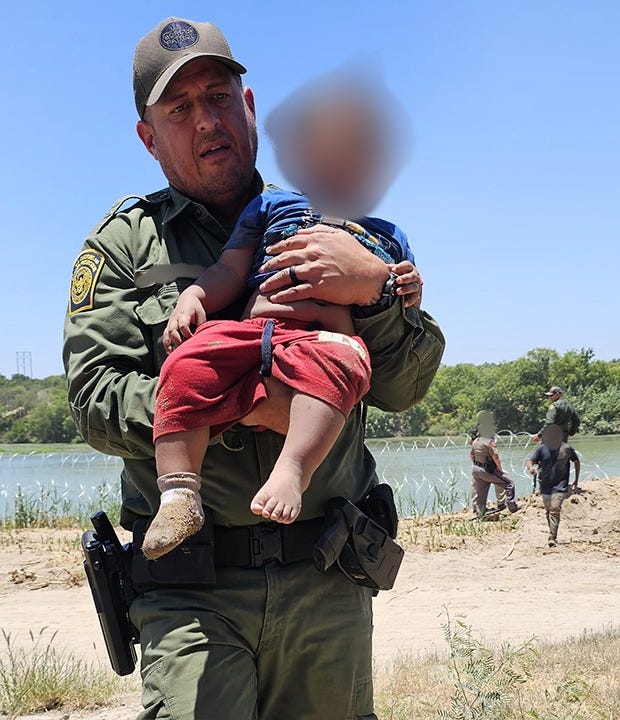
In May, the Pentagon redirected $1 billion intended for maintaining and renovating US Army barracks to fund the surge of troops to the U.S.-Mexico border instead. Another $232 million in Army funds will also be allocated towards the construction costs of the Fort Bliss Detention Center.
Jennifer Kavanagh, the director of military analysis at the Defense Priorities think tank in Washington, D.C., told military.com she questions whether this is the best use of Army funds:
"We know that junior staff, junior officers, and enlisted personnel who are staying in military barracks face mold and other types of problems in their housing. So is building tent facilities to house migrants really the best use of (military) funding? If we're gonna build anything on military bases, shouldn't it be to help service members?" -Jennifer Kavanaugh, Defense Priorities Foundation
Smaller ICE detention facilities are also planned for construction at Camp Atterbury in Indiana and Fort Dix, New Jersey. According to the contract terms, the Fort Bliss Detention Center is scheduled for completion by September 30, 2027.
Do you support diverting money meant to improve living conditions for Army troops on US bases for migrant jails and border security instead?
Share your opinion in the comments to this article.
Abrazos,
Jack Beavers



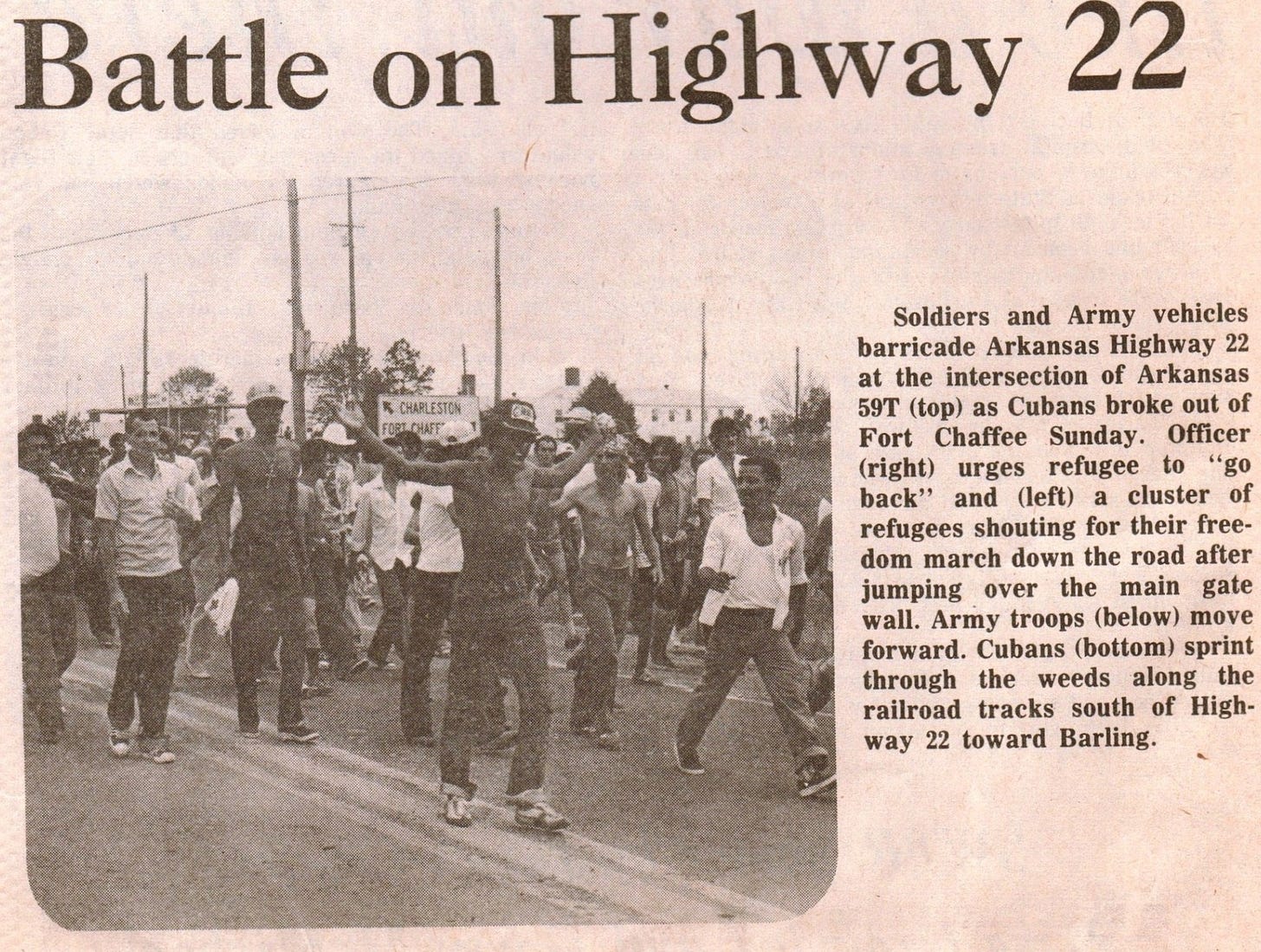
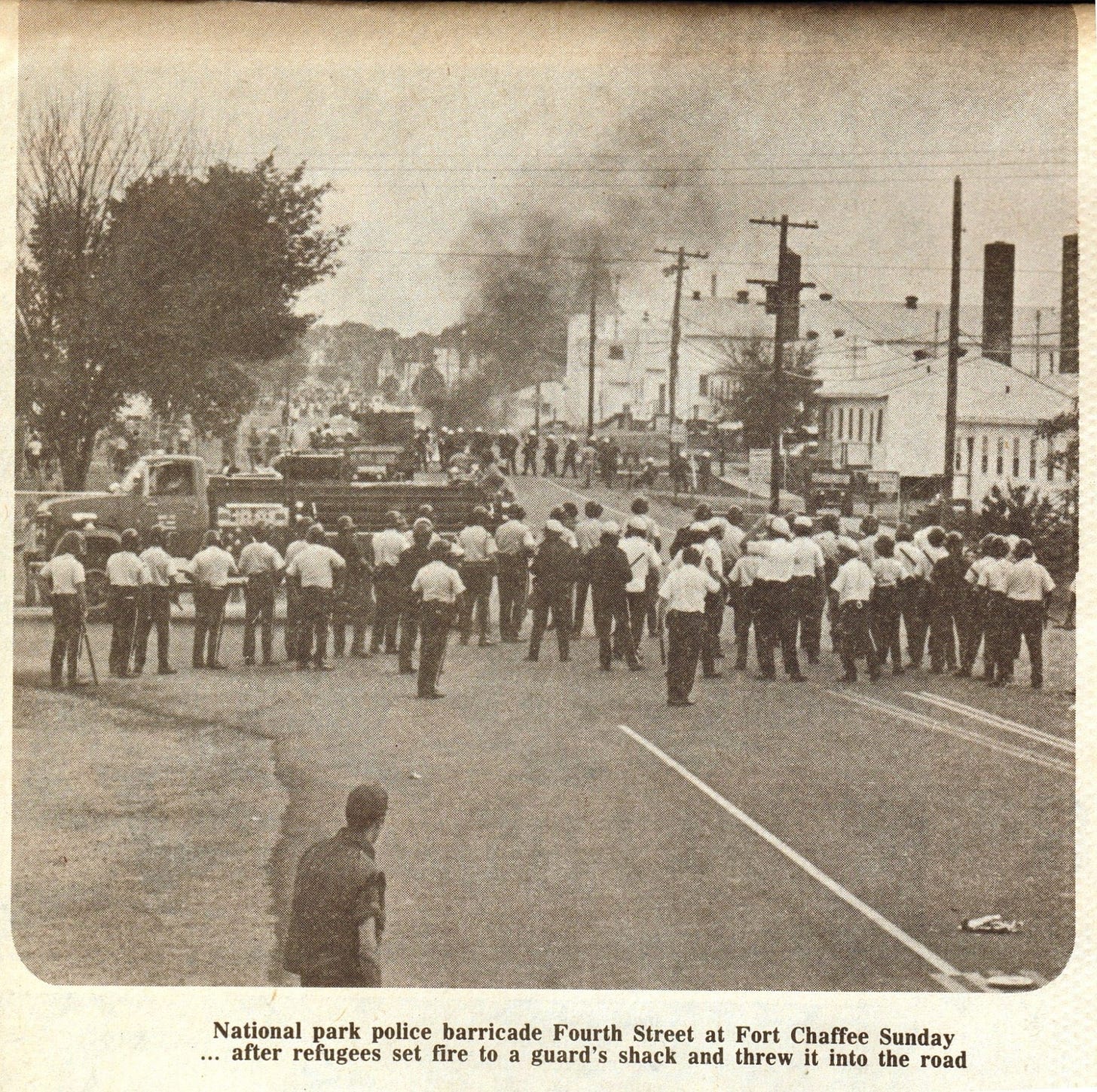


No it's not the best use of army housing funds. It's just necessary. Thanks for nothing, Brandon.